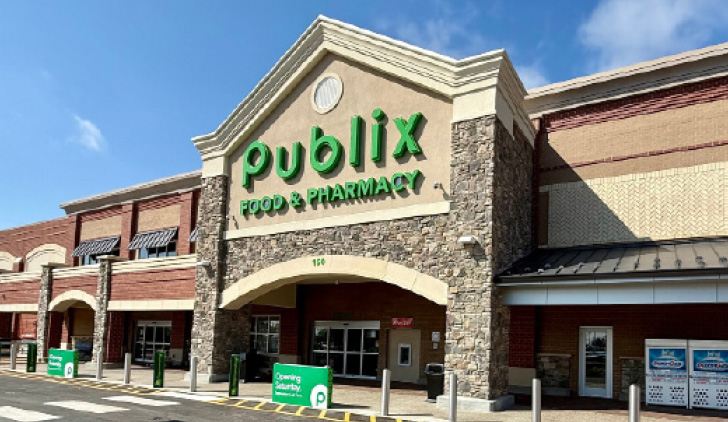
More than ever, food packages are covered with various labels and health claims. But how do you know what’s legit and what’s just advertising?
Let our Publix dietitians help you decode the claims, so you understand what’s available.
Organic
Organic is a U.S. Department of Agriculture (USDA) labeling term and certification program related to the way foods are produced. The national organic standards don’t allow the use of most synthetic fertilizers and pesticides, sewage sludge, irradiation and genetic engineering to grow fruits, grains, nuts and vegetables. Animals must have access to the outdoors, and they can’t be given growth hormones, antibiotics or other drugs. All feed must be 100% organic with no animal byproducts. Look for our wellness icons to help you locate organic foods throughout the store.
Natural
While this term has not been defined by the U.S. Food & Drug Administration (FDA), historically this label has been considered to mean nothing artificial or synthetic has been added to the food. If you’re avoiding ingredients like high fructose corn syrup or MSG, our leaf icon can help. This icon designates products made without the artificial preservatives, flavors or colors listed at publix.com/thelist.
No hormones/antibiotics
The USDA prohibits the use of hormones in poultry. As such, a poultry label cannot use the statement “no hormones added” unless it’s followed by “Federal regulations prohibit the use of hormones in poultry.” However, the USDA doesn’t prohibit the use of hormones in beef, so this claim indicates the producer chose not to use any hormones. For both red meat and poultry, producers may use the term “no antibiotics added” if they provide adequate documentation to the USDA regarding how the animals were raised.
If you’re looking for meat and poultry raised without hormones or antibiotics, check out our GreenWise brand at publix.com/GreenWiseMeat.
Grass fed
While most cattle spend much of their lives eating grass, the majority of beef we consume comes from cattle that have been grain-finished. This means that for a portion of time, they were fed a diet of grains, local feed and hay. The term grass-fed isn’t currently defined by the government, so some beef labeled as grass-fed may come from cattle that have eaten grain during its lifetime. For beef from cattle that have spent their entire lives grazing and eating from pastures, look for a “grass-fed, grass-finished” claim or a third-party certification that explains the claim.
Cage free/free range
The cage-free label on eggs means the hens were able to freely roam a building, room or enclosed area with unlimited access to fresh food and water during their production cycle. The free-range label indicates hens were raised in the same manner, but they also had continuous access to the outdoors during their laying cycle.


